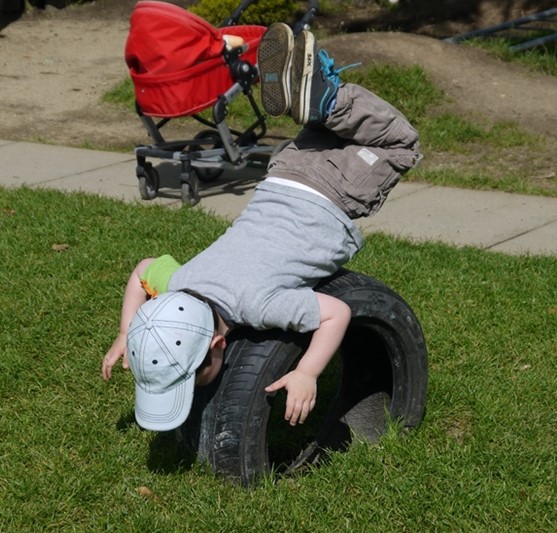United for a healthy start: a mission to revolutionise physical development in the early years

Natalie Weir and Janine Coates In March 2023, the National Early Years Active Start Partnership (NEYASP) was established to address pressing issues surrounding physical development and inactivity in young children, particularly in a post-pandemic society. This partnership brings together organisations and individuals with extensive experience and expertise in early years physical development, physical education and […]

